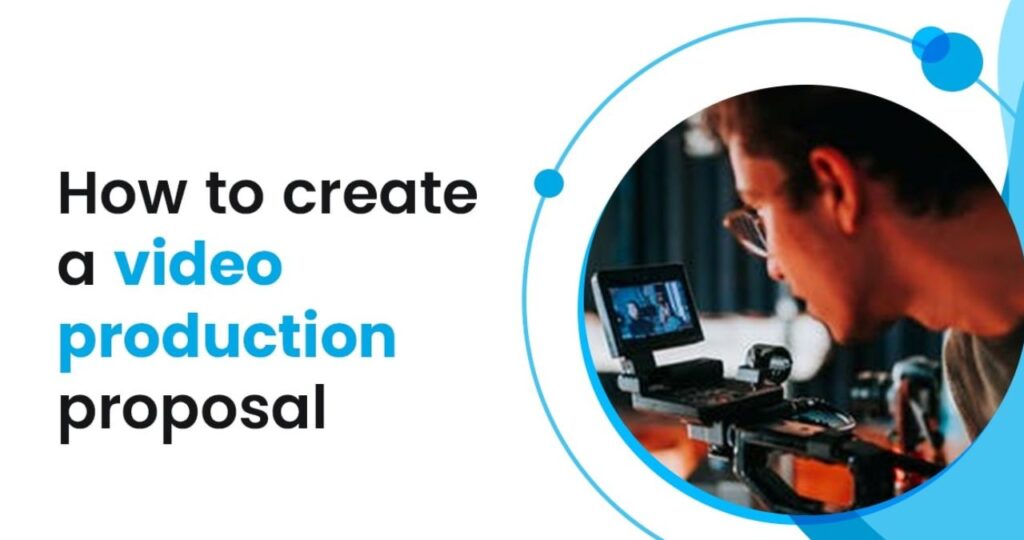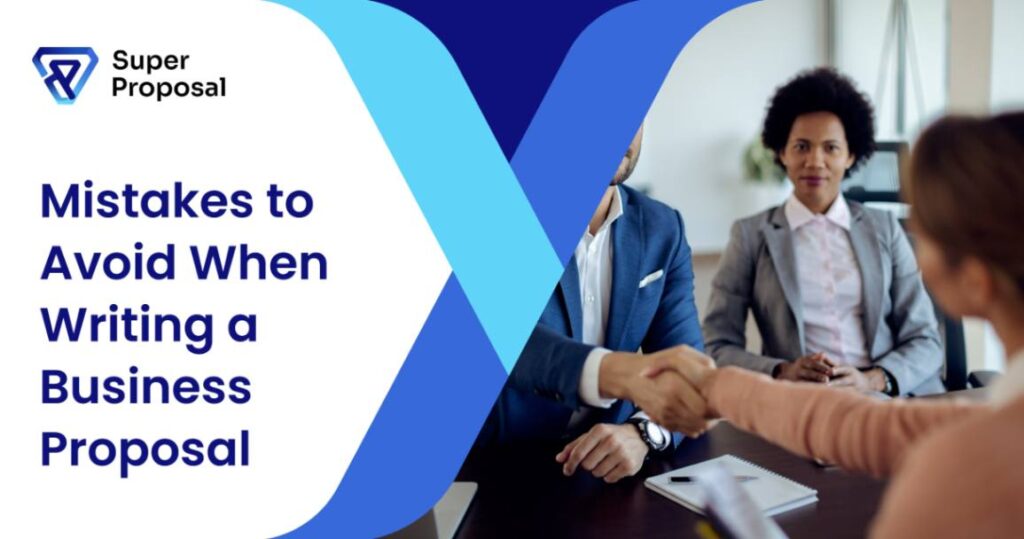How To Write A Technical Proposal: 6 Samples Included
AUG 15, 2024 | LAST UPDATED ON JAN 10, 2025 BY ANGELICA NAIDU
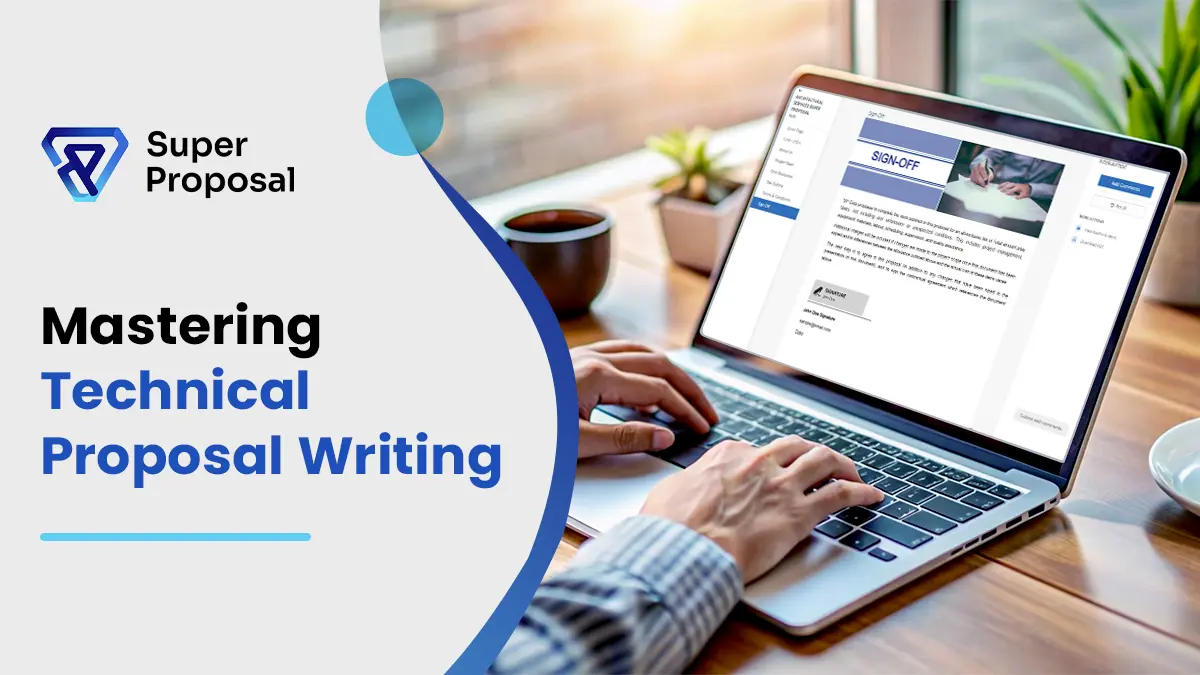
Ever try to explain some complex idea to someone who has no idea about it? That’s roughly what a technical proposal does. It bridges the gap between the technical solution and those who must understand its value.
Consider a technical proposal as an in-depth dive into how a given product or service solves a problem. It is not a mere list of features. Your clients need to understand that proposal just by reading it.
And that is not all. Marketers catch on, and the process becomes smoother with automation tools such as Super Proposal.
In this guide, let’s walk you through the ins and outs of technical proposals – what they are, why they matter, and how to write a technical proposal that gets results. By the end, you will be a technical proposal pro ready to wow your clients and grow your business.
Table of Contents
ToggleWhat Exactly Is a Technical Proposal?
A technical proposal outlines the technical requirements of a project or contract, proposing how your skills or resources can cater to the client’s requirements. This proposal should include your technical expertise, past performance, a detailed roadmap, and other general business information that positively impacts the clients.
A well-structured technical proposal typically covers the following key aspects:
- Executive Summary
- Problem Statement
- Technical Approach
- Implementation Plan
- Budget
- Qualifications
- Conclusion
Here’s the cool part: Technical proposals aren’t just for selling to customers. They can be used internally, too! Say you are an engineer who has a brilliant idea about a new way to make your company’s workflow easier. You could write a technical proposal to present to your boss by explaining the problem and your solution and how that might benefit the company.
Let’s take another example:
For example, your company is a cybersecurity firm that develops state-of-the-art software applications for clients. Your technical proposal explains to the client how there is such a thing as a cybersecurity risk-data breach while pointing out benefits derived from protecting their data and, in the same breath, why your software is the superhero solution they need.
See? It’s all about making certain that everyone understands a problem, a solution, and why your approach is best. Remember, technical proposals don’t have to be the length of a novel, just clear, concise, and full of the right information.
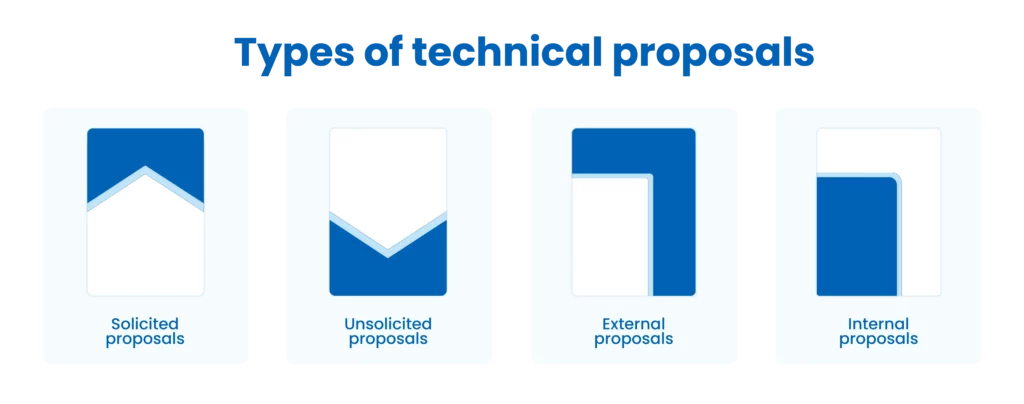
Here’s a breakdown of some of the different types of technical proposal:
Solicited Proposals: These are like responding to an invitation. An organization issues a request for a proposal by saying, “Hey, we need this problem solved!” Your proposal directly responds to that invitation and follows their particular guidelines.
Unsolicited Proposals: These are more like cold calls. If you observe a potential client who needs a solution, you can sell the idea. Here, because there is no pre-decided format for this, you enjoy more freedom to be creative.
External proposals: These proposals help you reach out to an individual or company to provide your product/ service to help them accomplish their requirements. External proposals are usually sent out to gain business and profit.
Internal proposal: Internal proposals are designed to pitch projects or ideas to your organization. This could be to change or implement a policy, maybe make minor changes in the work culture, etc. Internal proposals do not aim for profits.
How To Write a Winning Technical Proposal
Your technical proposal’s foundation rests on accurately defining the scope of services you’re going to offer the client. Here our experts have jotted down the essential components that ensure both clarity and professionalism.
Paint the bigger picture first (Overview):
Start with an overview that solves the major questions of your client. Tell them about what specific problem you are gonna solve? How do you approach it and what makes this approach unique and effective?
Solution’s Blueprint:
Next is the anatomy of your technical proposal. Tell them about your strategic approach. What methodology you have selected, justifying it. Include clear phases, milestones, number of hours and present them in a way that tells a coherent story. This helps stakeholders know not just what’ll do but why each step matters. This somewhere aids your whole pricing aspect too.
Set Clear Expectations for project success:
Instead of just writing plain lists, frame the scope discussion in terms of project outcome and value delivery. When we articulate clearly about what is in and out of the scope; it lessens the chances of misunderstandings. Your requirements and client responsibilities should be discussed properly with a collaborative tone. Don’t just list the demands in your technical proposal, show them how each requirement contributes to its success. This builds trust and shows that you’ve thought through the entire process.
Communication and project management:
When it comes to big technical projects, most of the giants in their respective sectors prefer a set of norms that needs to be listed beforehand. Explain how you’ll keep the stakeholders informed and engaged throughout the project lifecycle (who will be contacting whom). Include specific touch points, reporting mechanisms, and escalation procedures but present them as part of your overall project strategy rather than isolated procedures.
Visual Storytelling:
The human brain is wired for visuals. It processes them 60,000 times faster than text, making visual communication incredibly powerful. But dont just add diagrams for the sake of having visuals – confirm each graphic has a purpose. Use flowcharts, timelines, and architectural diagrams to present complex concepts. However, like we said above it needs to have a clean and contextual explanation as well.
Address potential challenges proactively:
Your clients need to know that you’ve not only identified possible obstacles but have also studied thoughtful mitigation plans. It builds confidence and shows your foresight.
Personalise your message:
Remember, not everyone reading your proposal is a tech expert. Overwhelming industry jargon, and tough sentences never helps. Rather, you must simplify the complex narratives in an easier manner.
Know your pitch:
In the end, always keep in mind that a successful proposal isn’t just about showcasing your technical prowess; it’s about aligning your solution with their needs. Your aim is to convince your audience-the decision maker-that your proposal is the best fit.
Structuring Your Technical Proposal
When structuring your technical proposal, a few key elements must be included. Let’s break it down:
1. Start with an Introduction:
Begin your proposal by introducing your proposed solution and its context. Give the background, describe the problem or opportunity, and briefly address how your solution meets the described needs. Draw the reader into your proposal by creating a need to continue reading.
2. Executive Summary:
A business proposal executive summary is the highlight of your proposal. It helps you to set up the pitch for the rest of your proposal. In this section, you will highlight and summarize your skill set and understanding of the company’s requirements. An executive summary should be written in a way that highlights the main points and captures the reader’s attention immediately.
A good example of an executive summary is, for instance, Enterprise Software Proposal Template by Super Proposal. It indicates what the proposal is about and what the client wants to achieve with the proposal.
“The success of {contact_name} over the past two years is clearly visible. You’ve become the top provider of quirky decorations, unique trinkets, and clever figurines in the country. However, with this growth comes a challenge: your current business systems are no longer able to keep up, and it’s time to upgrade to enterprise software to streamline and coordinate your operations effectively.”
3. Table of Contents (TOC):
The following is a road map of your proposal. Provide a clear and organized Table of Contents that outlines the sections and subsections of your proposal. This helps the reader to find their way through your document to find what they need.
4. Technical Approach:
The Technical Approach section of a proposal acts as a roadmap.
It outlines how project goals will be achieved by outlining the methodology, required resources, objectives, timeline, and costs. This includes a clear breakdown of expenses, such as equipment, supplies, labor (hourly rates and projected hours), and the project’s total cost.
For internal proposals, this section is equally important. It addresses misconceptions that such initiatives are “free” by highlighting the project costs.
By being specific, using visuals where needed, and anticipating stakeholder concerns, the technical approach section demonstrates your expertise, builds trust, and sets clear expectations for successful execution.
5. Project Timeline:
Present a clear project timeline with outlined important milestones and endpoints.
This enables the prospect to visualize the project’s progress and set a realistic expectation for each phase.
6. Team and Expertise:
The Team Members section introduces key personnel involved in the project and outlines any relevant experience, skills, and qualifications. It builds trust in your team’s ability to execute the project successfully.
7. Budget and Cost:
The Budget and Costs section should clearly outline the financial aspects of the project.
Break down expenses related to technology, personnel, materials, and any other necessary resources to ensure transparency. Incorporating a summary table can enhance clarity and make the information more accessible.
Smoothen your proposals with automated pricing tables in Super Proposal.
Our proposal software handles complex calculations like multipliers, labor rates, and taxes, removing human error and saving you time.
8. Conclusion:
Conclude your proposal with a strong conclusion that summarizes the salient points and reiterates the benefits of your solution. Close high, showing your enthusiasm and readiness to proceed.
Tip: Make your proposal concise and to the point. Avoid using too much jargon or other technical terms that may be difficult for a person to understand. Use simple, clear language that conveys your message.
For instance, if you use Super Proposal, then you can select the template and insert the sections above. Avail the built-in feature and make the proposal professional and beautiful to look at. You can attach interactive visuals – product demos or case study that complement your proposal and make it memorable.
5+ Technical proposal templates ( PDF Download)
Having to create a proposal from scratch can be a headache. What if we tell you we have the best solution for that? Yes, we have a list of technical proposal examples and samples that you can use and customize according to your needs. Here’s a list of some amazing technical proposal templates that you can try today:
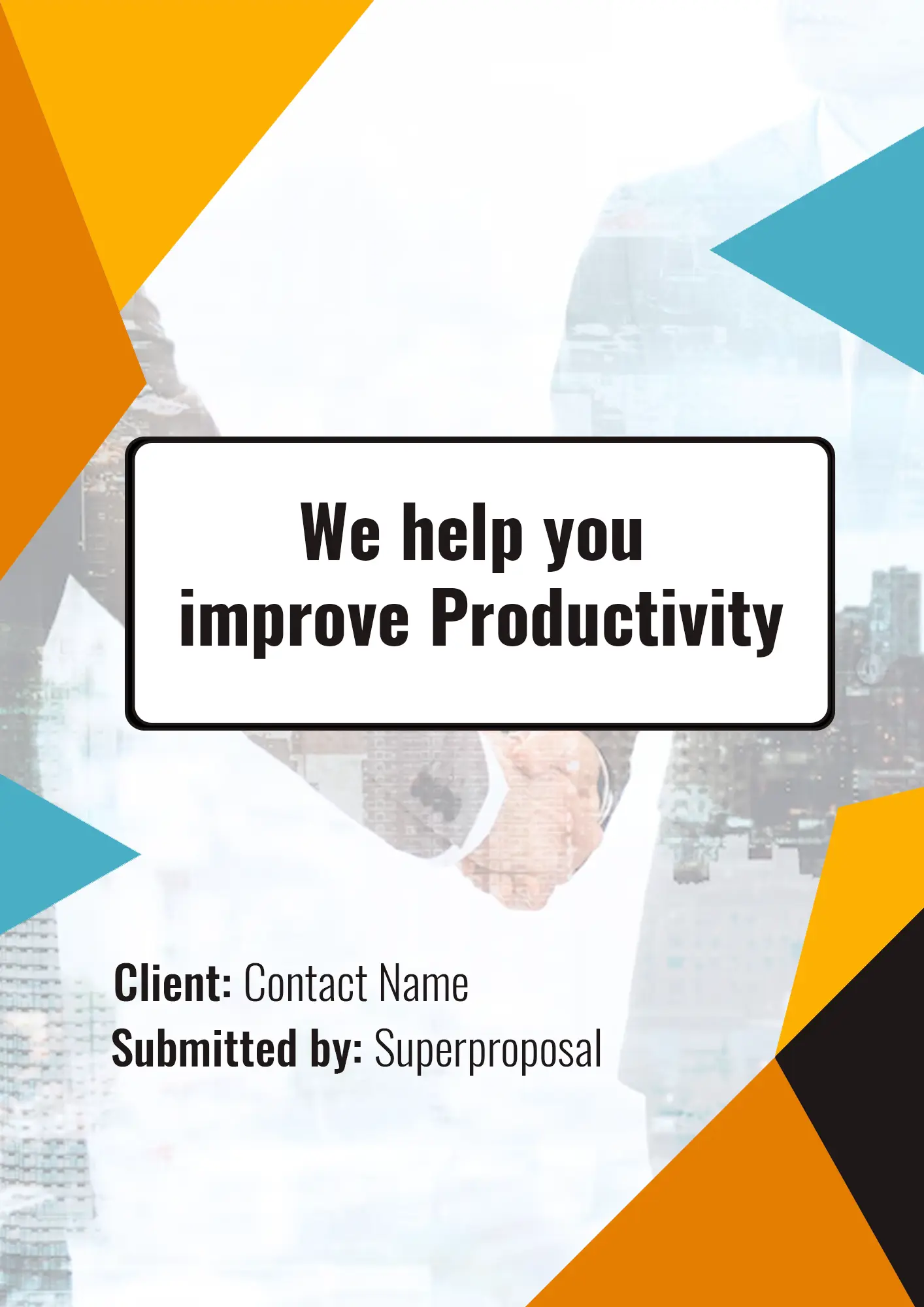
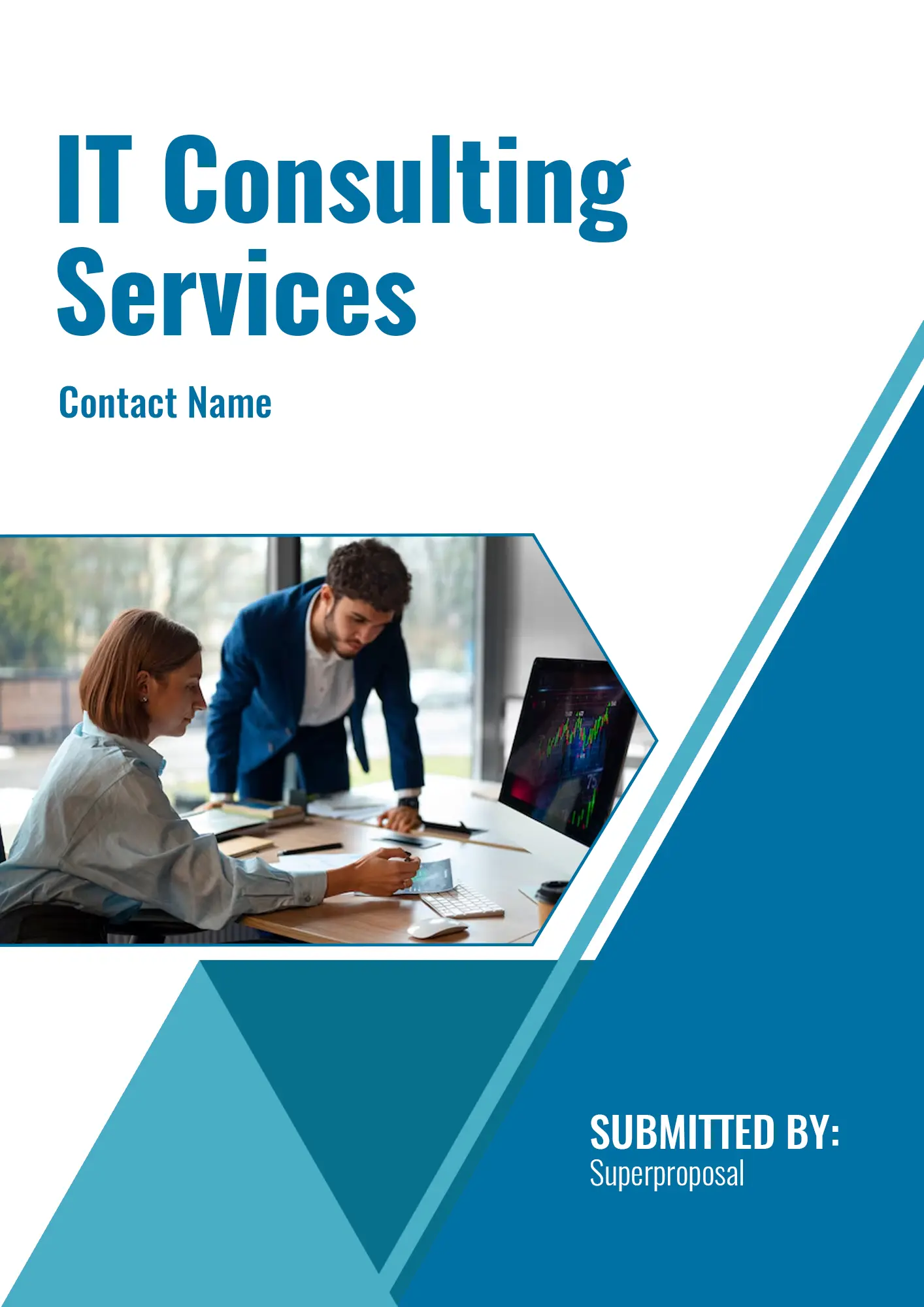
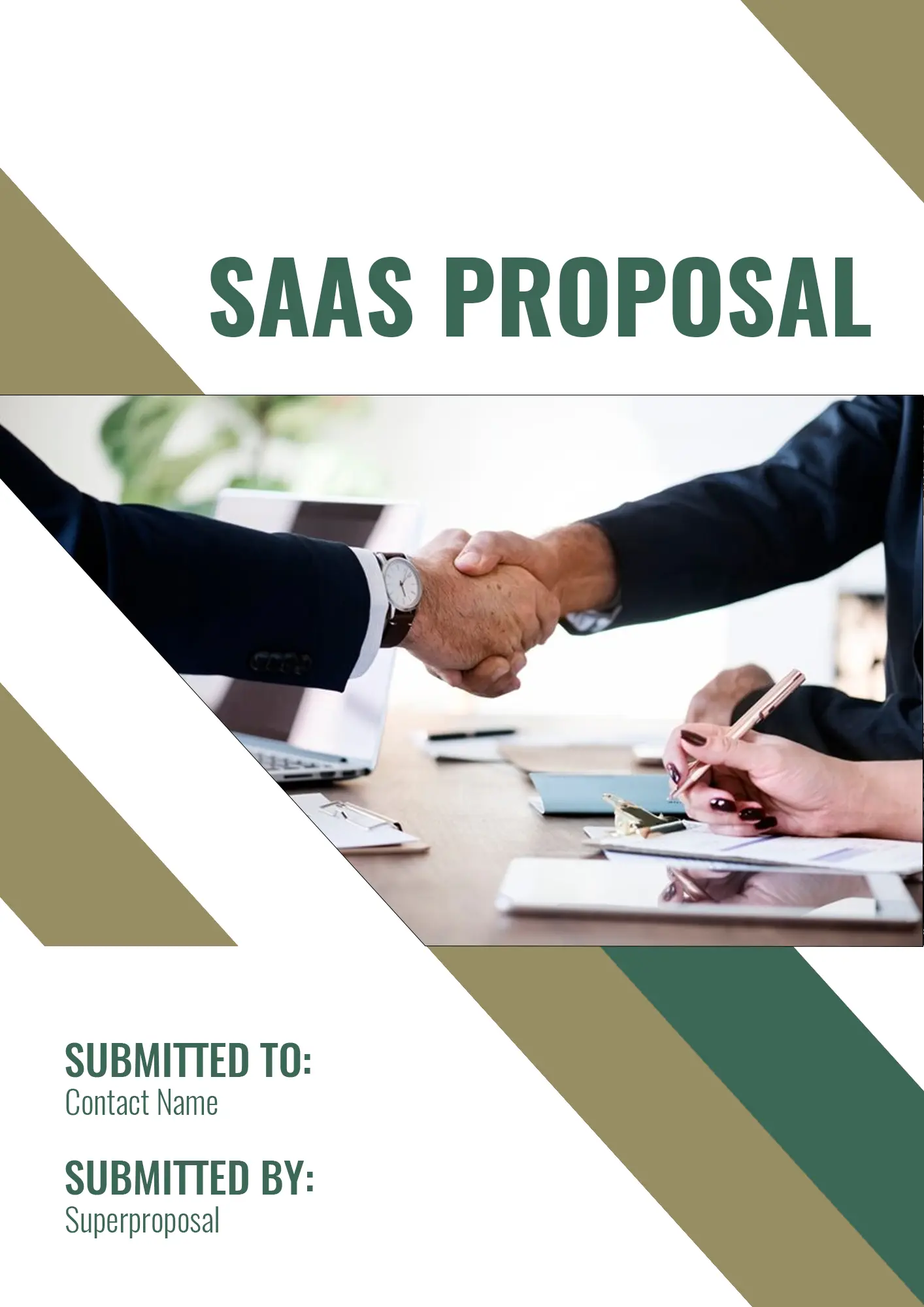


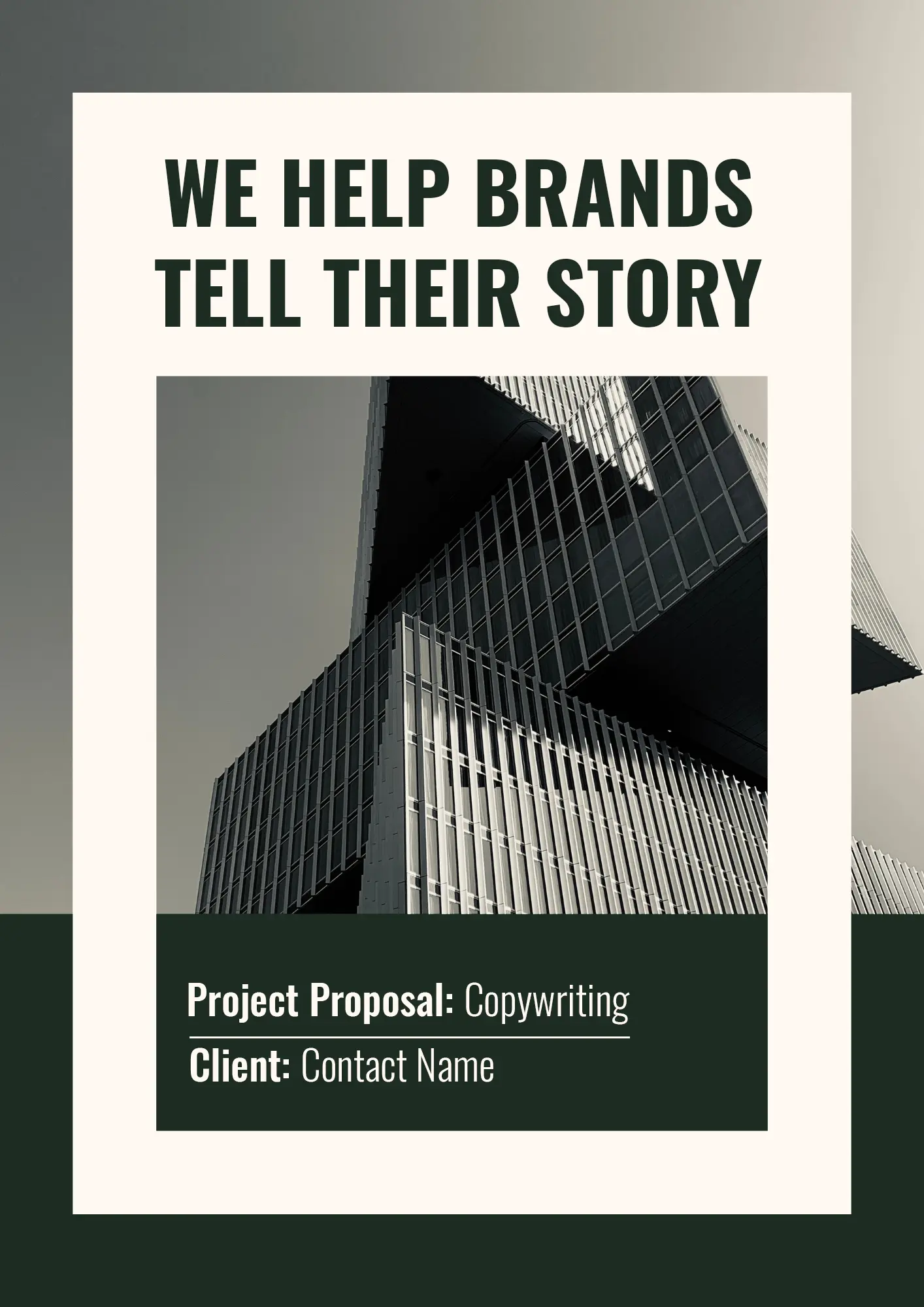
Additional resource: 14+ Project Proposal Examples
Your Technical Proposal Toolkit: Super Proposal
Tired of formatting headaches and endless revisions? Let Super Proposal take the pain away! Thanks to an intuitively designed drag-and-drop editor interface combined with customized proposal templates, one can create polished professional proposals in an instant. In addition, our collaboration tools allow you to get input from your team and ensure that everyone is on the same page.
Here are some of the major benefits of from using Super Proposal:
- Save Time: Learn how you can use specialized software to get access to an extensive list of templates for creating specific technical proposals.
- Keep It Organized: A handy approach of structuring your proposal since it has an interface for that even if you do not know about which sections require to be added to the proposal.
- Easy Collaboration: Discuss it with your team to make necessary corrections in real-time.
- Impress Clients: Perfect ideas to demonstrate your skills, provide all the necessary information, and not look like low-budget projects are designed with this system.
Ready to see how Super Proposal can change the game in your proposal process? Sign up for a free trial today!
FAQS about Technical Proposal Writing
What are the different types of technical proposals?
There are majorly four different types of technical proposals:
Solicited: These are proposals requested from other parties where a client reaches out to you and requests your product or service.
Unsolicited: These proposals are sent out to clients after identifying the need or opportunity that they might have. This is to offer your product/ services to fulfill the client’s requirements.
Continuation: This type of proposal requests the client for funds or resources for an ongoing project. Specifying clearly why this requirement is important.
Supplement: There’s a thin line between continuation and supplement proposal. You request additional funds that are not in the existing budget.
How long should a technical proposal be?
There is no one-size-fits-all answer! The proposal length depends on how complex the project is and how much a client or organization needs. Sometimes, a few pages will suffice in a proposal, while at other times proposals have to span dozens of pages. Keep it concise; provide all the relevant information without rambling.
What are the four parts of a technical proposals?
A typical technical proposal consists of the following four parts:
- Technical Approach: This is the elaboration of your solution in as much detail as possible.
- Implementation Plan: Number all the steps you would take to put your plan into action.
- Management Plan: This is to show how you will manage the project and communicate with your client.
- Cost Summary: It breaks down costs so that everyone understands the financial aspect of the project.
Increase your close rates today!
Secure every pitch that you make with Super Proposal. Craft winning proposals, share and track them on a single, comprehensive platform.
✓ 15-Day Trial. No Credit Card Required.


